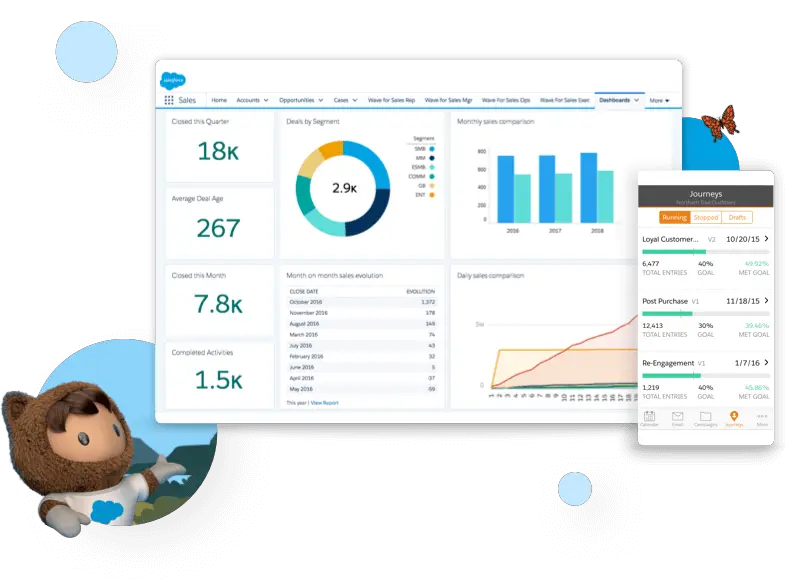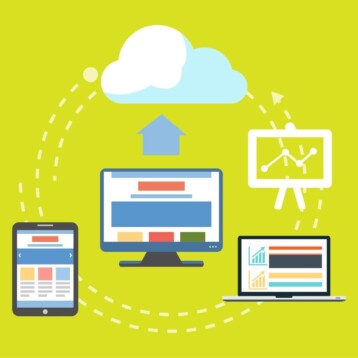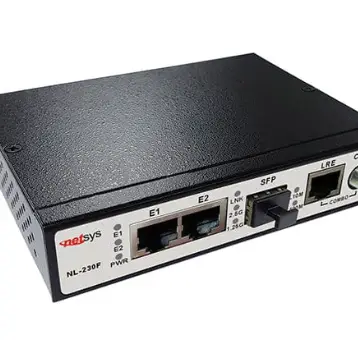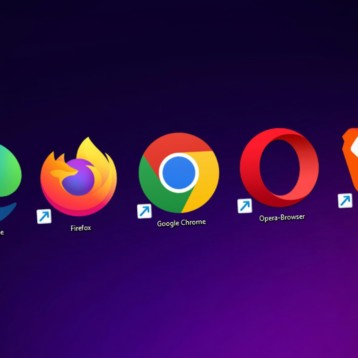
Salesforce has long been recognized as one of the most powerful CRM solutions for companies of any size. One of its USPs is the extent to which it can be customized and optimized by every user. Indeed, many companies now build their entire back-office solution in Salesforce. This means each install is custom-built to solve the specific business needs and operational requirements. However, this customizability comes with a price. It is impossible to get the best out of any Salesforce deployment without spending time and effort testing it properly.
Of course, finding the best Salesforce testing framework involves a little bit of planning and knowledge. Then you need to learn the best practices for Salesforce testing. Many of these are the same as for any other web-based application or large enterprise software deployment. However, there are a few Salesforce-specific aspects you need to be aware of.
What is Salesforce Testing, and how does it differ from other web apps?
Every Salesforce deployment is custom built using 3rd party integrations, bespoke code, and built-in functions. That means Salesforce testing is a vital step in any Salesforce deployment. Developers can create and deploy a testing framework that combines automated and manual testing. They can then use this to verify their Salesforce deployment.
Salesforce can be viewed like any other web app to some extent. However, there are a few testing options that should get extra focus. Salesforce relies heavily on buttons and other browser elements, so careful testing of the user interface and overall workflow is particularly important. Often, a lot of Salesforce testing is manual because automating these kinds of tests is challenging.
The only way to automate this type of test is with tools advanced enough to replace a human’s ability to understand what a test is trying to achieve. This is where an AI-powered tool is going to make things much easier. Here, you rely on an AI to replicate the ability of manual testers to run complex tests on user-focussed applications like Salesforce. One such example is Functionize.
Other areas Salesforce testers need to focus on include:
- Role and scenario based testing: Realistic role and scenario based tests that mimic the complex actions of real world sales and marketing teams.
- Regression testing: Protecting the business functions and operability of the Salesforce application through rolling upgrades and in-place updates.
- Cross-browser and cross-platform testing: Making sure Salesforce will work on any and every platform.
What are the best practices for Salesforce testing?
Salesforce is often mission-critical for companies, so it makes sense to follow best practices when testing it. Some key aspects include:
- Test early and often: Given Salesforce’s size and complexity, this is an essential part of a successful deployment.
- Use automated testing where possible: This will help speed up the testing process, allowing you to generate test results faster and more reliably.
- Involve relevant stakeholders in the testing: Salesforce deployments are used by internal teams who have the expertise in how it should work. The earlier and more often you can involve them in testing, the better the outcome.
- Follow best practices by testing the following components:
- Single records: Verify that a single correct input gets the desired result
- Bulk records: Don’t stop with a single good result; bulk testing will help reveal hidden problems in your set-up.
- Positive scenarios: Tests to make sure correct inputs get correct results
- Negative scenarios: Tests that expect negative/failed results
- Restricted user tests: Make sure if certain users can access certain functions that this does in fact happen. Conversely, make sure restricted user profiles cannot access areas they shouldn’t be able to.
- Test user scenarios end-to-end: If a business process should make changes across multiple systems (e.g. a successful sales order that also activates things in the customer’s ERP or other systems) check if it all works end-to-end.
Conclusion
Salesforce testing best practices are easy to keep if you have the right tools and knowledge. The important thing to remember is that it’s important to involve all stakeholders in the testing process where possible. This is especially true as you start to move towards modern automation approaches for Salesforce Testing.










